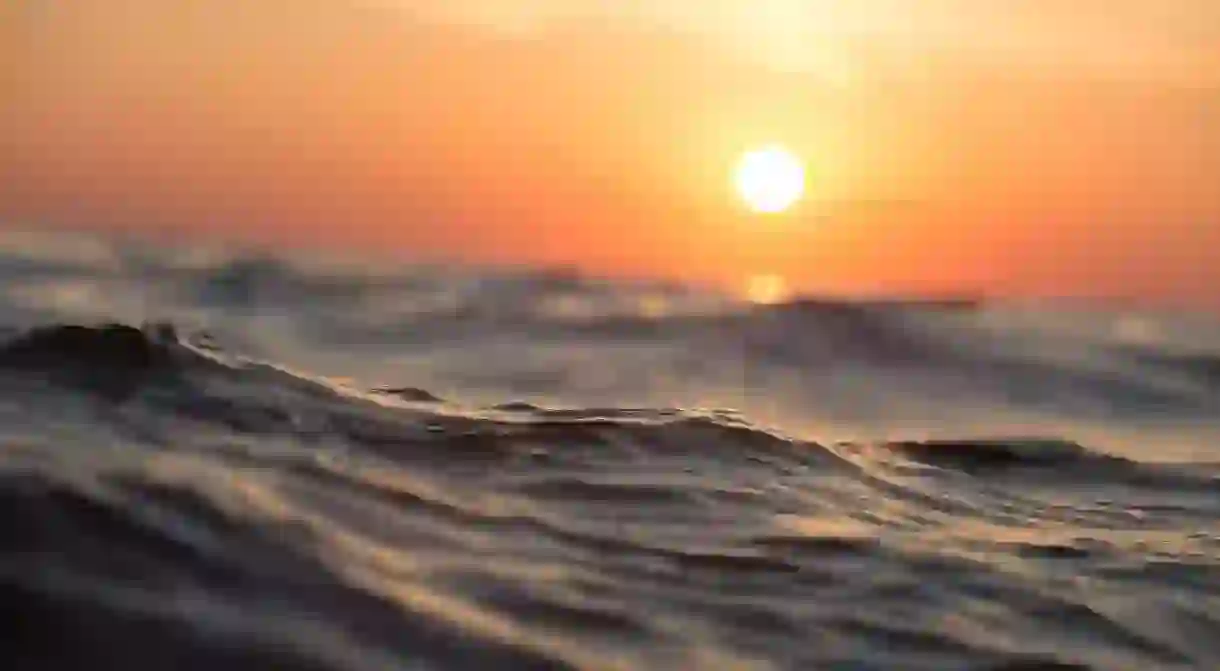Did Indigenous South Americans Migrate Across the Globe?

Historians have long held the belief that indigenous South Americans might have traveled across vast oceans in their quest to explore far away lands. It is well documented that pre-Colombian inhabitants were expert boat builders and adept seafarers, but exactly how far they could have traveled remains a mystery. An American adventurer wants to shed light on these theories of early human migration by proving ancient indigenous people could have made it as far as Australia.
There is plenty of evidence to suggest indigenous South Americans had made contact with various distant cultures before Spanish colonization. While much of it is inconclusive or debatable, most experts agree that the possibility of early contact between the Old and New World cannot be ruled out. Some of the more compelling evidence includes the discovery of (South American) sweet potato in Polynesia, linguistic similarities between distant cultures that are beyond coincidental, and traces of the coca leaf being found in an ancient Egyptian mummy. Skeptics argue that the primitive totora reed boats used by early indigenous South Americans simply could not have traveled such vast distances. American adventurer, Phil Buck, disagrees and is determined to prove them wrong.

For the past year, Buck has been in La Paz overseeing the construction of Viracocha III, a boat designed to be as similar as possible to the type of craft used in the region over 500 years ago. The hull of the boat is made entirely out of millions of totora reeds collected from Bolivia’s Lake Titicaca. These reeds have been woven and tied together by a team of master Aymara boat builders, who incorporate knowledge and expertise that has been passed down to them verbally through countless generations.

This massive project has already been one year in the making, involving dozens of full time workers and an estimated total budget of US$250,000. Sponsorship to cover such enormous costs has been obtained from the US Government, the Bolivian Government and various media organizations. The hull is now complete and has recently been taken to Arica, Chile by truck where the remainder of the vessel will be constructed and the ship will set sail.

The voyage is due to depart in the coming months, with the aim of sailing all the way to Sydney, Australia. This mammoth 8,000 mile (12,700 kilometer) journey will take approximately six months, making it the longest trip ever undertaken on a primitive boat. A major challenge for the team is that totora reed boats are notorious for becoming water-logged and gradually sinking. To avoid this, the crew will have to stop at various Polynesian islands along the way to let the vessel dry out in the sun. Around 10 people of various nationalities, including an indigenous Bolivian, have committed to crewing the boat.

Buck wants the voyage to be authentic, so he’s avoiding the use of modern technology as much as possible. However, international maritime law mandates a number of safety measures such as satellite phones, life rafts, flares and GPS which will be carried on board. Buck plans to navigate primarily by the stars and the crew will largely survive off fish caught from the sea and rainwater trapped from the roof. Film and editing equipment will also be brought along to document the experience while a pedal-powered battery will charge electronics.
Viracocha III is inspired by the famous explorer Thor Heyerdahl, who sailed a similar boat named Kon-Tiki on a much shorter voyage back in 1947. Since reading his story as a young child, Buck has yearned to embark on a similar epic journey. This will actually be his third attempt, with Viracocha I and II only making it as far as Easter Island. “Third time’s the charm,” he said in a recent interview with a local Bolivian newspaper.













